Martin Braun
Robust N-1 secure HV Grid Flexibility Estimation for TSO-DSO coordinated Congestion Management with Deep Reinforcement Learning
Nov 10, 2022Abstract:Nowadays, the PQ flexibility from the distributed energy resources (DERs) in the high voltage (HV) grids plays a more critical and significant role in grid congestion management in TSO grids. This work proposed a multi-stage deep reinforcement learning approach to estimate the PQ flexibility (PQ area) at the TSO-DSO interfaces and identifies the DER PQ setpoints for each operating point in a way, that DERs in the meshed HV grid can be coordinated to offer flexibility for the transmission grid. In the estimation process, we consider the steady-state grid limits and the robustness in the resulting voltage profile against uncertainties and the N-1 security criterion regarding thermal line loading, essential for real-life grid operational planning applications. Using deep reinforcement learning (DRL) for PQ flexibility estimation is the first of its kind. Furthermore, our approach of considering N-1 security criterion for meshed grids and robustness against uncertainty directly in the optimization tasks offers a new perspective besides the common relaxation schema in finding a solution with mathematical optimal power flow (OPF). Finally, significant improvements in the computational efficiency in estimation PQ area are the highlights of the proposed method.
Evaluating Machine Learning Models for the Fast Identification of Contingency Cases
Aug 21, 2020
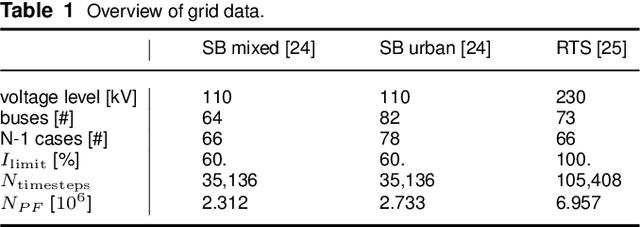
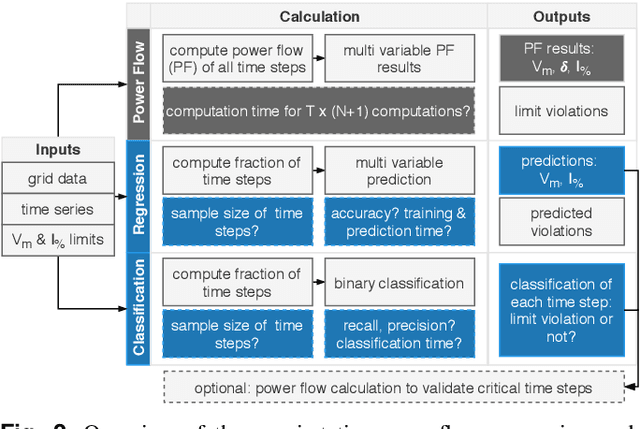
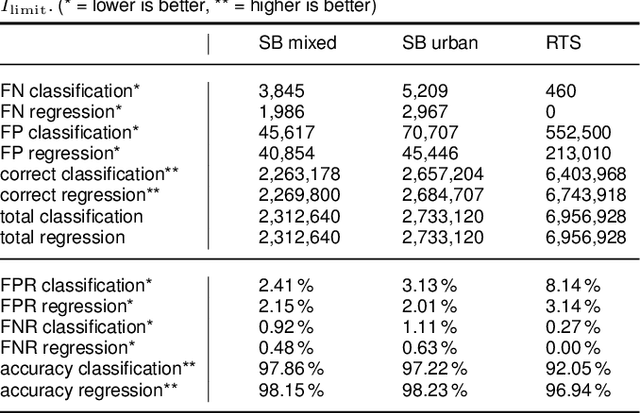
Abstract:Fast approximations of power flow results are beneficial in power system planning and live operation. In planning, millions of power flow calculations are necessary if multiple years, different control strategies or contingency policies are to be considered. In live operation, grid operators must assess if grid states comply with contingency requirements in a short time. In this paper, we compare regression and classification methods to either predict multi-variable results, e.g. bus voltage magnitudes and line loadings, or binary classifications of time steps to identify critical loading situations. We test the methods on three realistic power systems based on time series in 15 min and 5 min resolution of one year. We compare different machine learning models, such as multilayer perceptrons (MLPs), decision trees, k-nearest neighbours, gradient boosting, and evaluate the required training time and prediction times as well as the prediction errors. We additionally determine the amount of training data needed for each method and show results, including the approximation of untrained curtailment of generation. Regarding the compared methods, we identified the MLPs as most suitable for the task. The MLP-based models can predict critical situations with an accuracy of 97-98 % and a very low number of false negative predictions of 0.0-0.64 %.
Heuristic Optimization for Automated Distribution System Planning in Network Integration Studies
Feb 16, 2018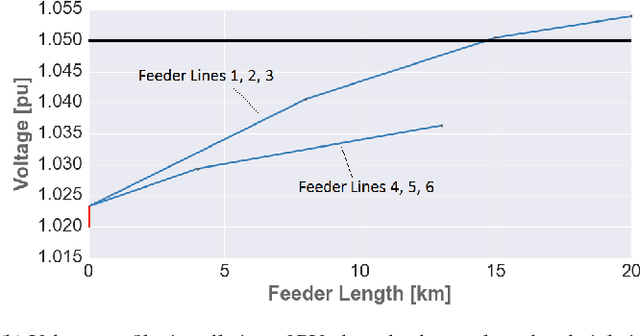
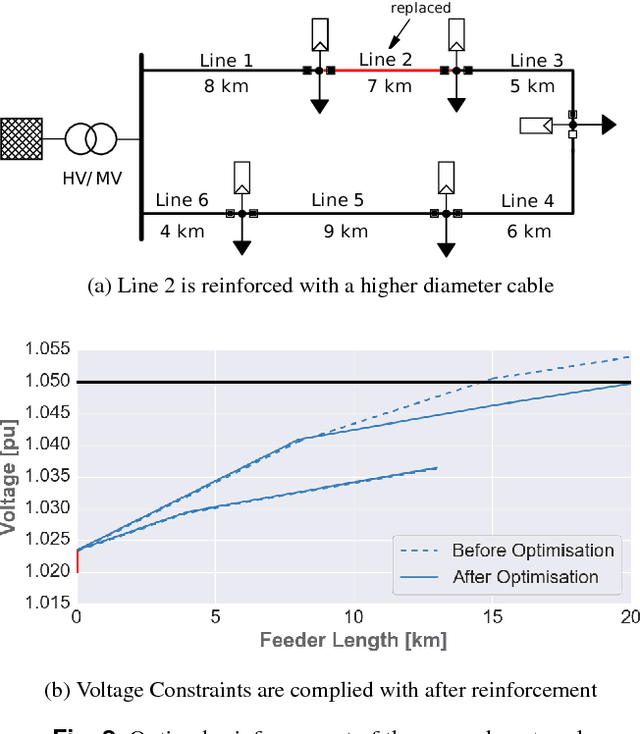
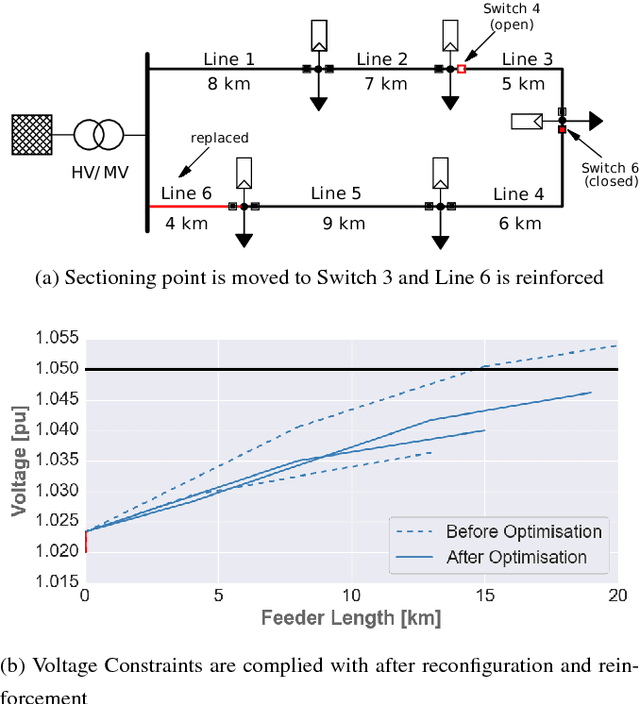
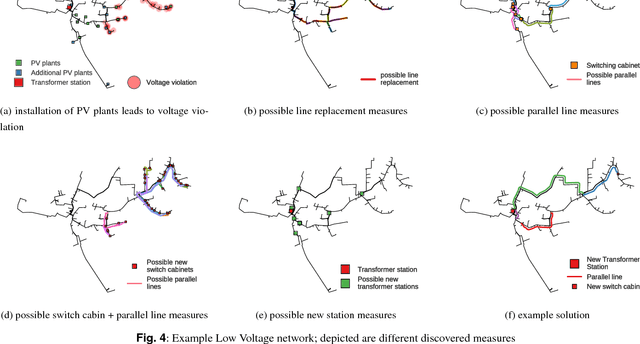
Abstract:Network integration studies try to assess the impact of future developments, such as the increase of Renewable Energy Sources or the introduction of Smart Grid Technologies, on large-scale network areas. Goals can be to support strategic alignment in the regulatory framework or to adapt the network planning principles of Distribution System Operators. This study outlines an approach for the automated distribution system planning that can calculate network reconfiguration, reinforcement and extension plans in a fully automated fashion. This allows the estimation of the expected cost in massive probabilistic simulations of large numbers of real networks and constitutes a core component of a framework for large-scale network integration studies. Exemplary case study results are presented that were performed in cooperation with different major distribution system operators. The case studies cover the estimation of expected network reinforcement costs, technical and economical assessment of smart grid technologies and structural network optimisation.
 Add to Chrome
Add to Chrome Add to Firefox
Add to Firefox Add to Edge
Add to Edge